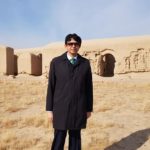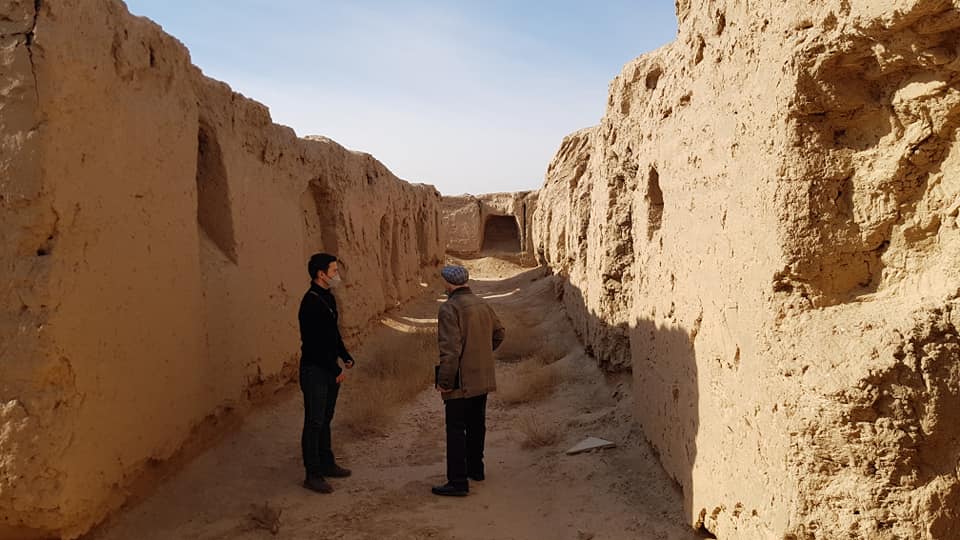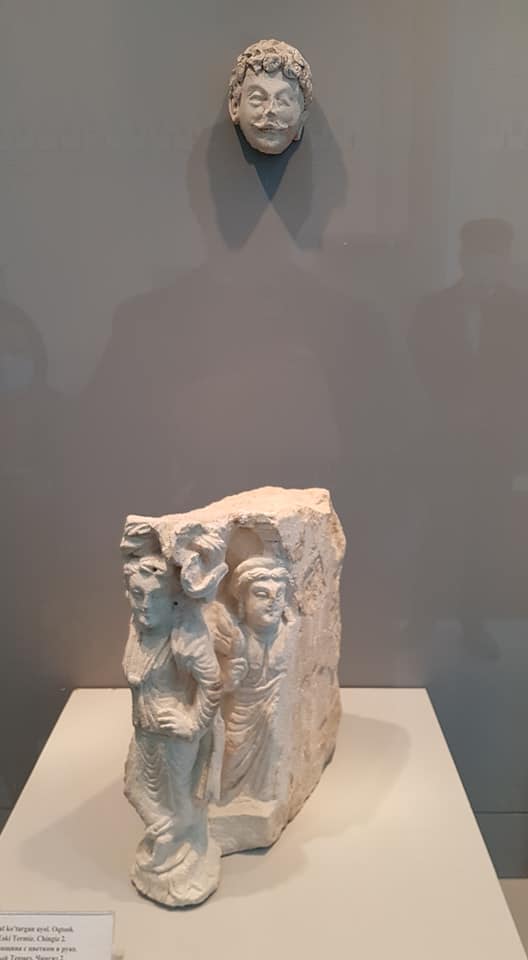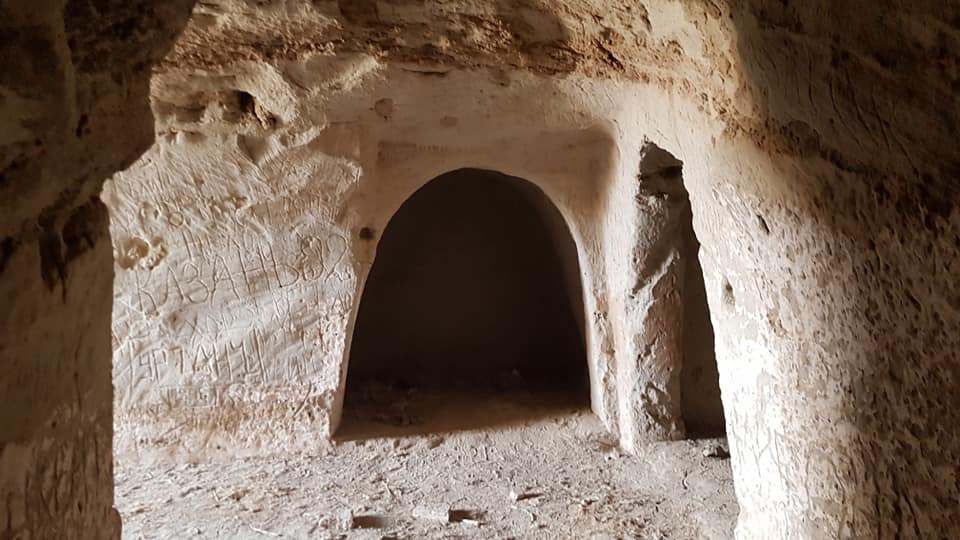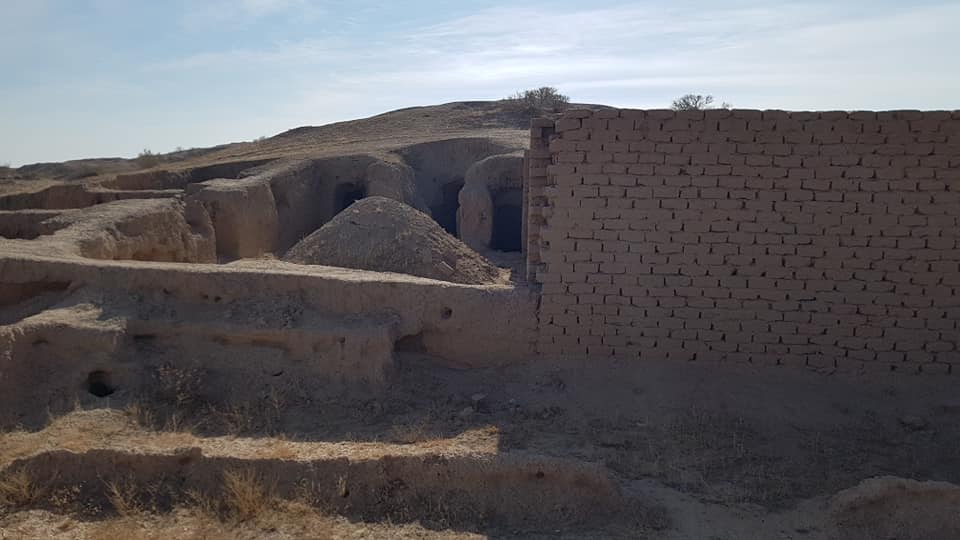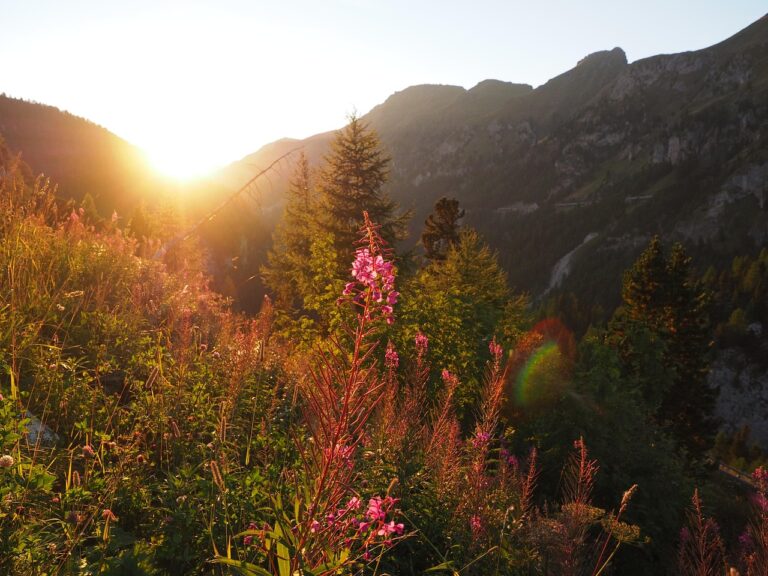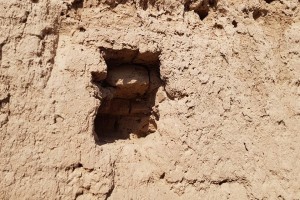
Text & Photos by Manish Prabhat*
लेख और फोटो : मनीष प्रभात*
The city of Termez, the center of Surxondaryo province in southern Uzbekistan, flourished as an important center of Buddhism during the Kushan Empire (2nd century BC – 3rd century AD).
दक्षिणी उज़बेकिस्तान में सुर्खानदरिया प्रांत का केंद्र तेर्मिज़ शहर कुषाण साम्राज्य ( दूसरी सदी ई॰पू॰ – तीसरी सदी) काल में बौद्ध धर्म के एक महत्वपूर्ण केंद्र के रूप में फला-फूला।
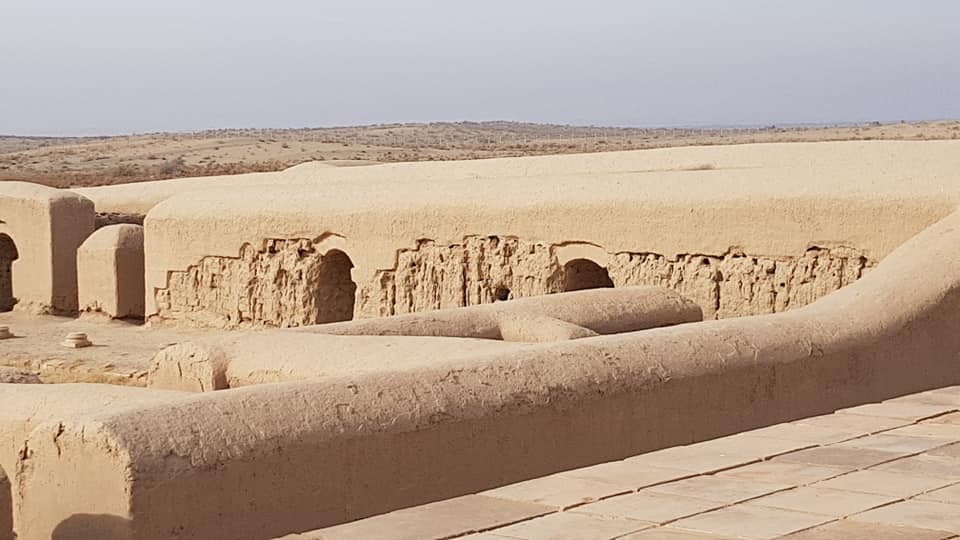
The Amu Darya or Oxus River flows between present-day Uzbekistan and Afghanistan.
यहाँ पर आज के उज़बेकिस्तान और अफ़ग़ानिस्तान के बीच आमू दरिया या ऑक्सस नदी बहती है।

This area was known as Bactria and Gandhar at that time. In 1928, Soviet archaeologists found a Buddhist monastery in the mining of Karatippa in the town of the old Termez (the elevated land in the middle of the flat area is also called Tipa in Hindi).
यह भूक्षेत्र उस काल में बैक्ट्रिया और गान्धार के नाम से जाना जाता था। 1928 में सोवियत पुरातत्ववेत्ताओं को पुराने तेर्मिज़ शहर के काराटिप्पा के खनन में एक बौद्ध विहार मिला ( समतल क्षेत्र के बीच ऊँची उठी भूमि को हिन्दी में भी टिप्पा कहते हैं)।
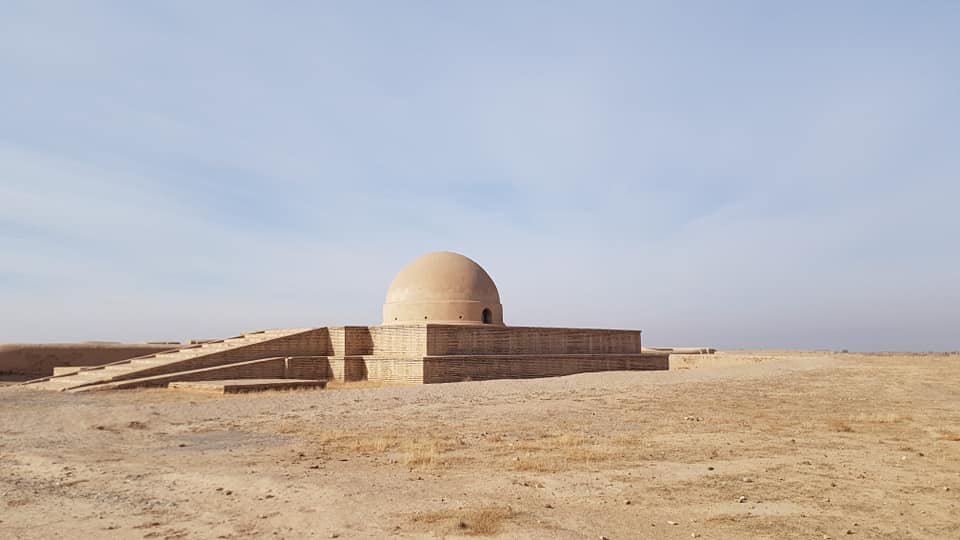
Since then, many expeditions of archaeological mines to date have also found Buddhist viharas and stupa creations at Fayyaztippa near Karatippappa.
तब से आज तक पुरातात्त्विक खननों के कई अभियानों में काराटिप्पा के नजदीक फैय्याज़टिप्पा में भी बौद्ध विहार और स्तूपाकार रचनाएँ मिलीं।
Statues of Buddha and Bodhisattva, frescoes, places of lamps placed on the walls, original colours made on the walls, food vessels, pots containing some Brahmi, Kharoshthi and Sanskrit records, etc. are found which confirm that these viharas were active between first and the fourth century.
बुद्ध और बोधिसत्व की प्रतिमाएँ, भित्तिचित्र, दीवारों में दीपक रखने के स्थान, दीवारों पर तब के किए गए मूल रंग, भोजन पात्र, घड़े जिनमें कुछ ब्राह्मी, खरोष्ठी और संस्कृत अभिलिखित भी हैं इत्यादि मिले जिनसे यह पुष्टि होती है कि ये विहार पहली से चौथी सदी तक सक्रिय थे।
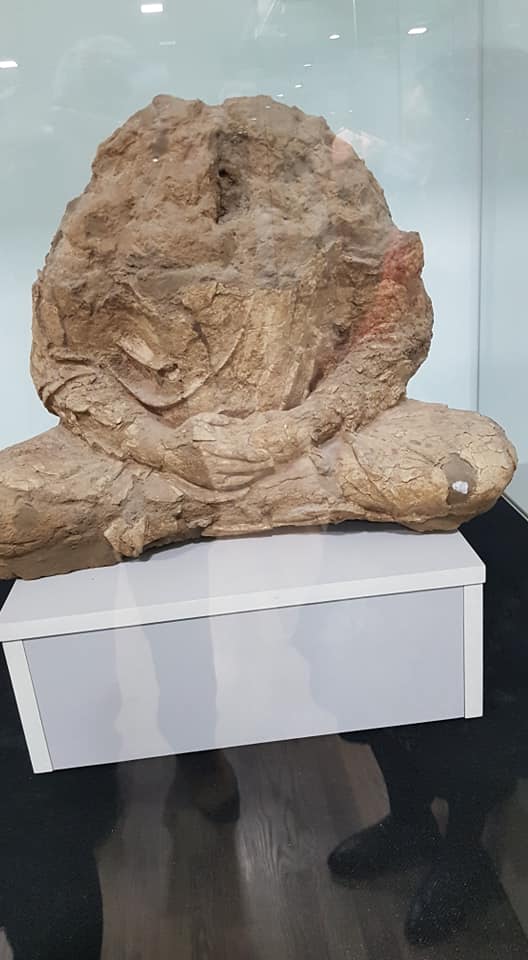
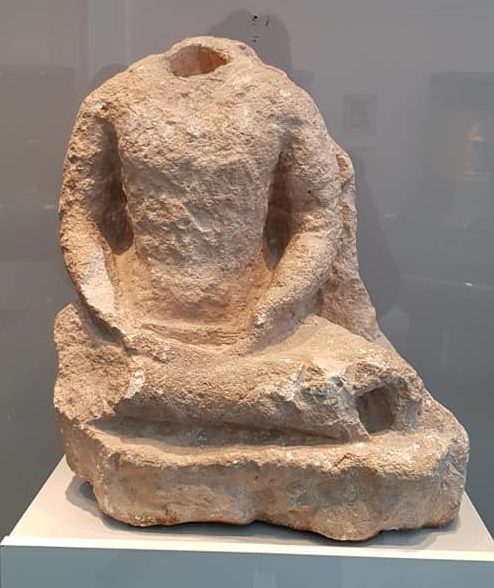
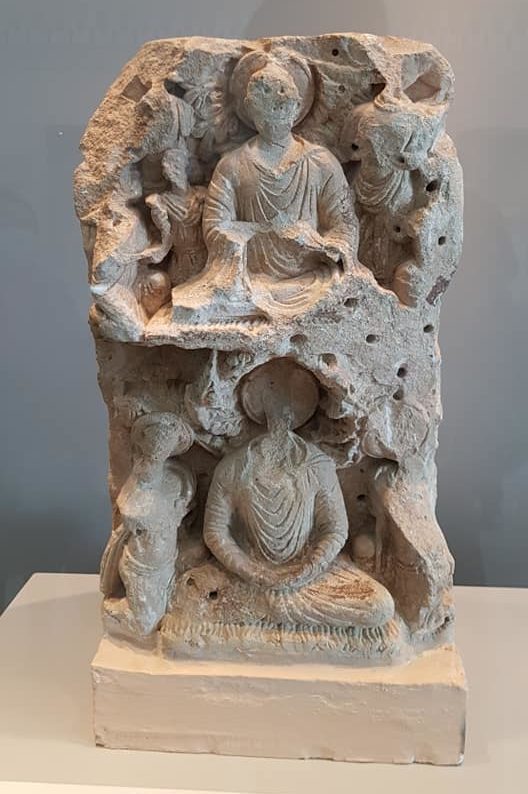
Caves and chambers are built in very loose clay peaks that serve as a cool home for monks in the fierce heat. There are also courtyards and kitchens.
बहुत ही ढीली मिट्टी की चोटियों में गुफाएँ और कक्ष बने हैं जो भयंकर गर्मी में भिक्षुओं के लिए शीतल आवास का काम करते होंगे। आंगन और पाकशालाएँ भी हैं।

The stone bases show the location of the pillars. The pillars themselves may have been of wood and therefore were not found in mining.
पत्थर के आधार खम्भों का स्थान दिखाते हैं। स्वयं खम्भे संभवतः लकड़ी के रहे होंगे अतः खनन में नहीं मिले।
Special coatings have been applied to parts of these remains to protect them from erosion due to strong winds.
तेज हवा के चलते अपरदन से बचाने के लिए इन अवशेषों के कुछ हिस्सों पर विशेष लेप लगाया गया है।
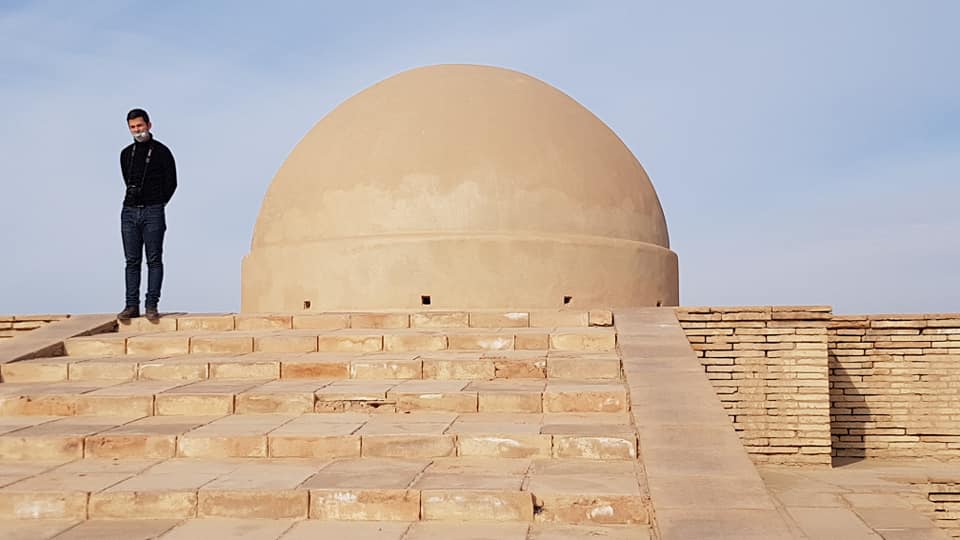
The original stupa of Fayyaztippa has also been covered with a cylindrical structure for protection, inside which you can see the original stupa by entering into a very narrow gate.
फैय्याज़टिप्पा के मूल स्तूप को भी संरक्षण के लिए बेलनाकार ढांचे से ढका गया है जिसके अन्दर अत्यंत संकरे द्वार में घुस कर आप मूल स्तूप को देख सकते हैं।
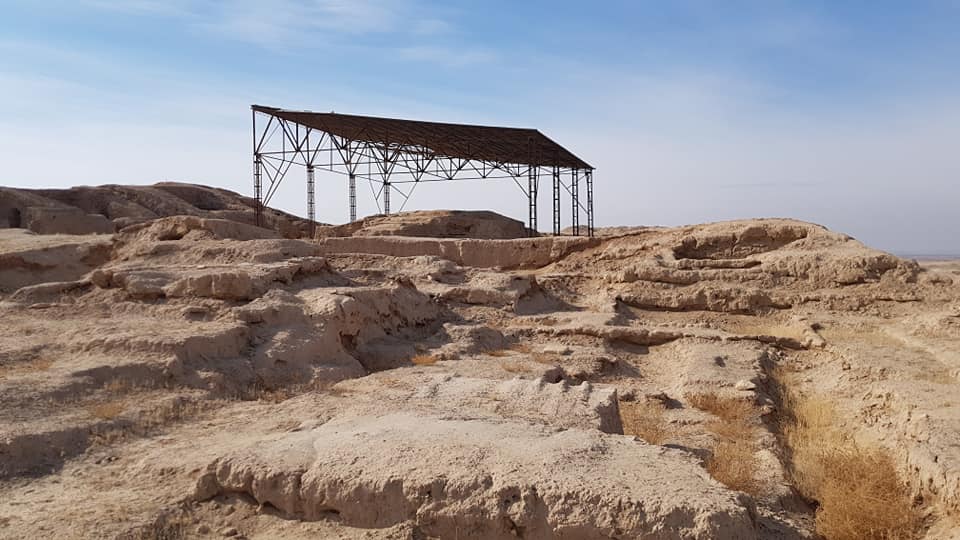
There are still many mining possibilities throughout the territory.
पूरे भूभाग में अभी भी खनन की कई संभावनाएँ हैं।
A fort has also been found here which has been identified as one of the Oxiana-based forts of Alexander described by the then Greek historians.
यहीं पर एक किला भी मिला है जिसे तब के ग्रीक इतिहासकारों द्वारा वर्णित सिकंदर के ऑक्सियाना-स्थित किलों में से एक के रुप में पहचाना गया है।
Buddhism reached Uzbekistan from India and from there to China. Thus Uzbekistan became an important foundation of Buddhism throughout Central Asia.
भारत से अफ़ग़ानिस्तान के रास्ते चलकर बौद्ध धर्म उज़बेकिस्तान पहुँचा और यहाँ से चीन। इस प्रकार पूरे मध्य एशिया में उज़बेकिस्तान बौद्ध धर्म का एक महत्त्वपूर्ण आधार बना।
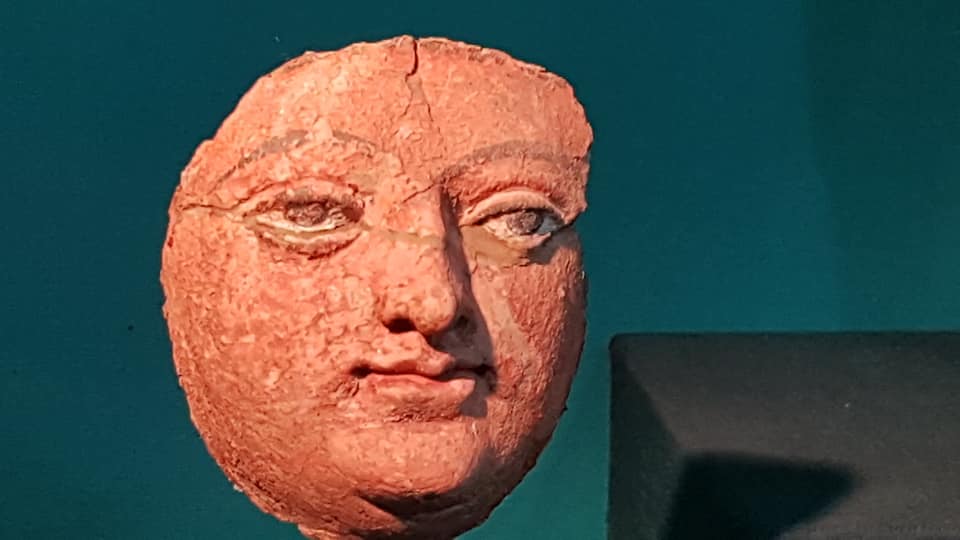
*Manish Prabhat is India’s Ambassador to Uzbekistan
*मनीष प्रभात उज़्बेकिस्तान में भारत के राजदूत हैं।


